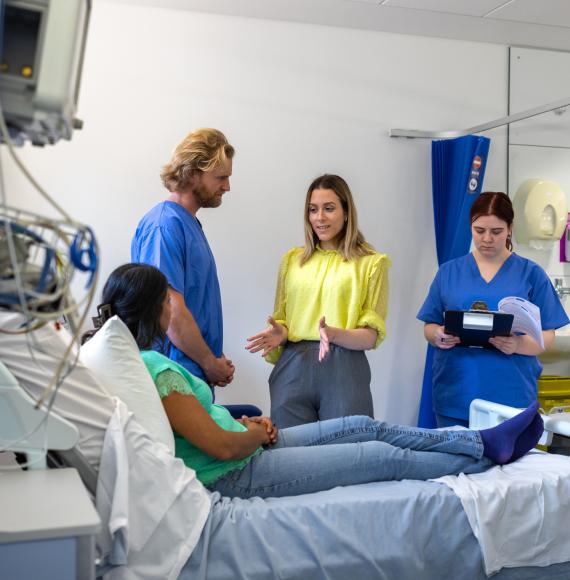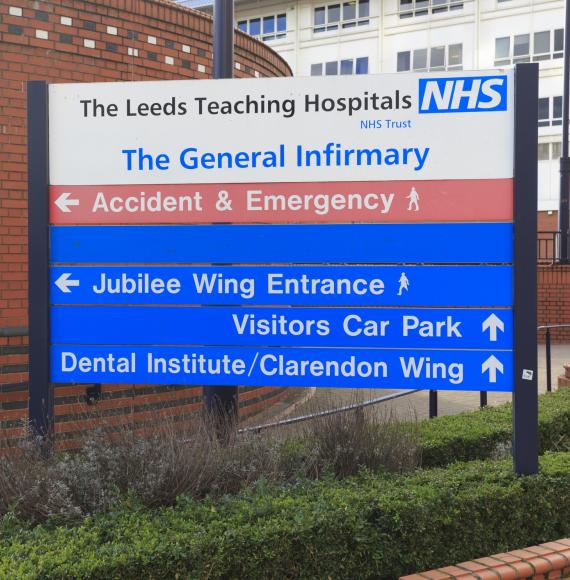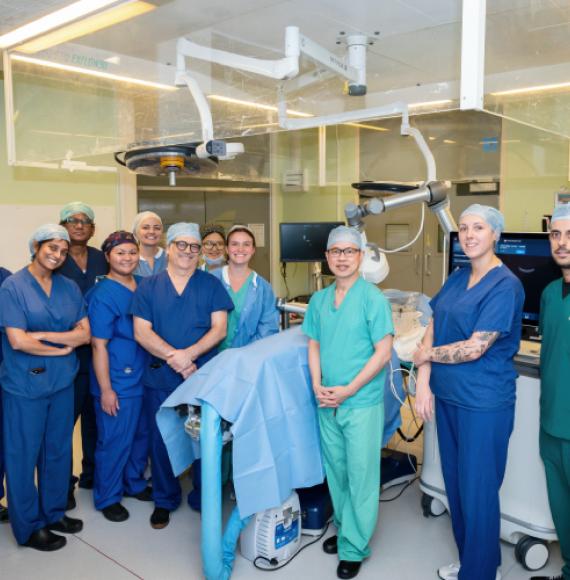Stockport NHS FT has recently been named as an Exemplar Centre for our ongoing commitment to VTE (Venous Thromboembolism) prevention. We’re delighted at this achievement, but getting there has taken a lot of time, energy and organisation.
I’ve worked at Stepping Hill Hospital - the trust’s main hospital - since 2005, and for the last 11 years I have been its lead VTE Specialist Nurse. This role was put in place to ensure NICE Guidance was being adhered too, and to reduce the amount of patients developing VTE whilst in hospital. The role was exclusively devoted to ensuring patients received a VTE risk assessment on admission to hospital. Over 12,000 deaths per year in the UK are attributable to VTE, but thankfully, they are treatable if discovered early.
One of the first things we did was establish a new thrombosis committee to implement changes to practice, and achieve national targets. The main CQUIN target was set at 90%, and Stockport’s best result for 2010 was 50%; well below the target. Staff knowledge on VTE, data collection, and compliance in completing forms, all needed to be improved.
In 2011 the Advancing Quality team worked with the VTE Nurses to introduce improvements. A new VTE risk assessment was introduced as part of the paper drug chart. Data collection changed, so an electronic code was needed to show assessments had been carried out. Senior medical directors became part of the thrombosis committee which disseminated its own policies across the trust, and risk assessment became mandatory for all patients.
The role of the VTE nurses began to expand to that of educators, as all trust staff received mandatory training sessions. Electronic data collection for VTE became part of IT training for all staff. E-learning packages were made for doctors and nursing staff, and patient information became available for the first time.
In October 2011 our trust hit the CQUIN target for the first time with 92.53% overall - a huge achievement and improvement. In November 2011 we introduced a nurse-led VTE Ambulatory Clinic, and since then we’ve managed to maintain our high standards with other improvements.
In May 2012 we launched the introduction of a mandatory field for VTE, in our electronic medical prescribing system (ePMA), preventing any medications being prescribed before this had been completed.
We introduced our own Root Cause Analysis (RCA) electronic tool in 2014. This information is sent out to the consultant of patients, with a confirmed VTE episode following a hospital admission within 30 days, and then later 90 days, ensuring events can be highlighted, learnt from and avoided.
Our Ambulatory Illness Unit - which is a GP led service in our ED - opened in 2016, and allows for rapid assessment of DVT patients using POC testing. This has improved patient experience and ensured better hit rates for confirmed VTE. The Covid-19 pandemic has seen an increase in VTE events, and subsequently new trust guidance has been developed and disseminated. This is all brought to the awareness of staff - including any changes to policies or guidance - through the weekly trust mandatory training sessions, taught by the VTE Nurses, team briefs and the trust intranet.
Over the years our busy nurse-led Ambulatory Clinic has changed and expanded, offering initial assessments, treatment advice, and ongoing reviews of our patients, as well as supporting other staff in ensuring patients are discharged correctly, and in a timely manner. We even included a helpline number for our patients.
We’re a small team of two nurse practitioners, but with the support of excellent IT systems, data collection and reporting, we’ve made a real impact in improving care for patients with VTE. We’re thrilled to have achieved VTE Exemplar status in April 2021, and to be part of such a prestigious network.



















